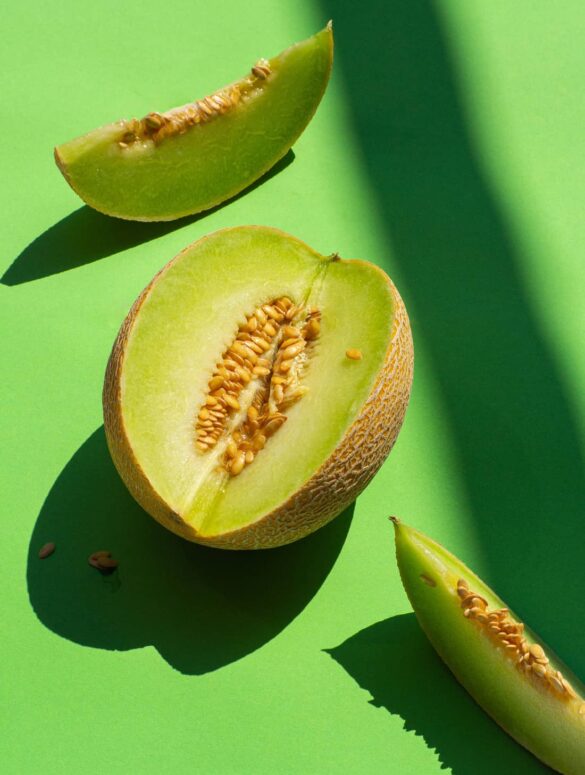One of the best and healthy ways to make your meals interesting and vibrant is to add fruits and vegetables of different colors.
Of the many vibrantly colored fruits that are packed with minerals, vitamins, antioxidants, and fiber, green-colored fruits hold a vital part.
Here is a list of 15 green fruits you can include in your regular diet to get your daily dose of nutrients:
1. Green Apple
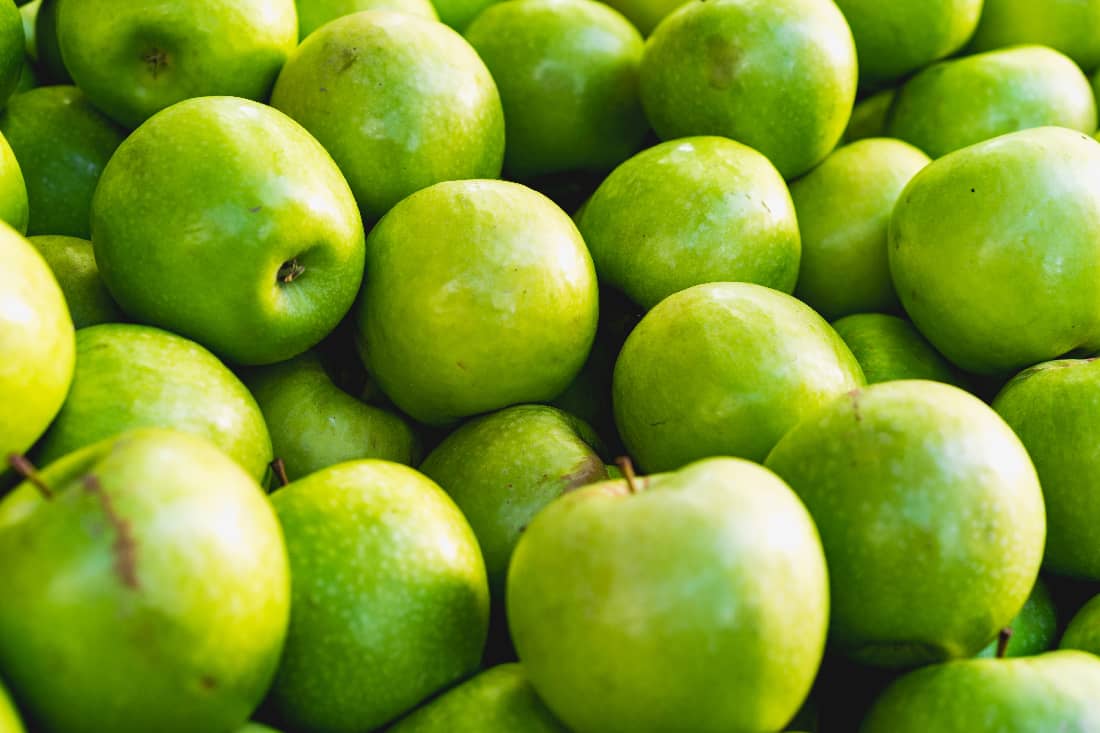
Let’s start with the obvious, shall we?! Known to be one of Australia’s largest contributions to the world, green apples or Granny Smith apples have an unmistakable green hue and are known for their subtle tart flavor.
Mostly eaten fresh, these apples can also be used in recipes to make pies, cakes, and stews.
Health fact: Eating a few green apples a week can help reduce your chances of developing type 2 diabetes and cardiovascular diseases.
2. Green Grapes

A favorite of many, these are seedless grapes native to the Mediterranean, and their color typically moves from yellowish-green to bright green, depending on the variety.
Green grapes are best suited for fresh and raw consumption, but can also be tossed in salads, or included in wraps and yogurt. They also pair well with cheeses.
Health fact: Since they are rich in vitamin C, green grapes help your immune system fight against infections, and their antioxidant content helps reduce the risk of cancer.
3. Kiwi
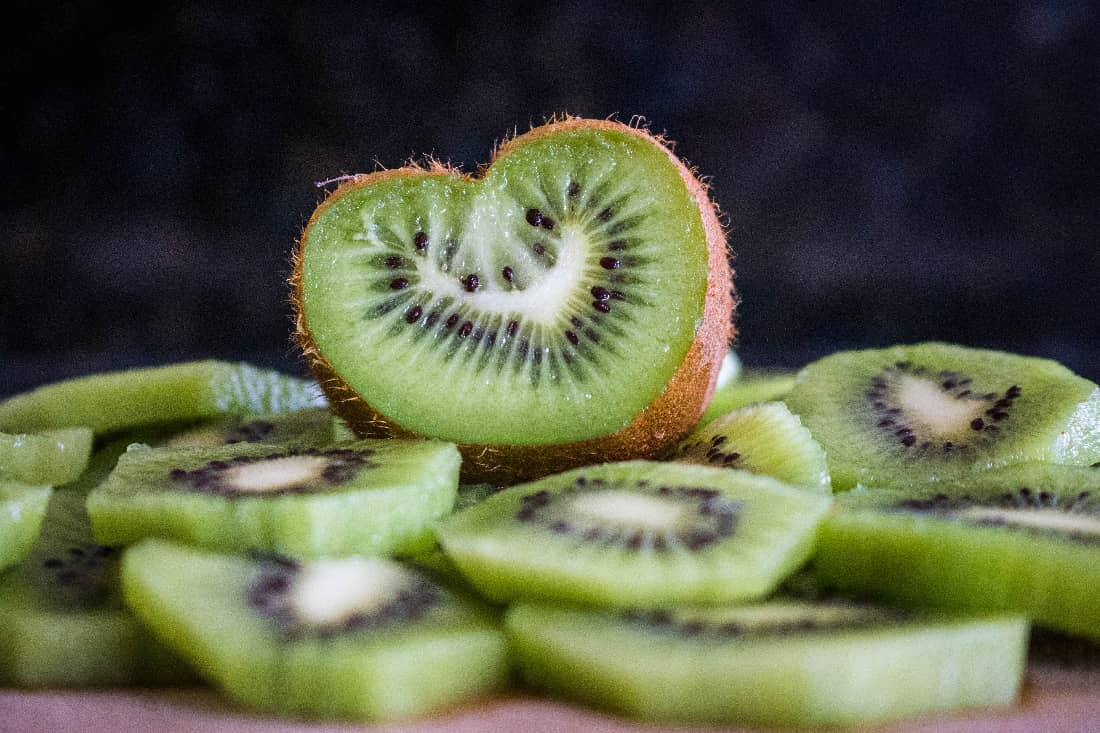
Did you know that kiwi fruit is not native to New Zealand? Yes, the fruit’s origin is in China and was introduced to the former country in 1904. The fruit has soft, green flesh, and a sweet-tart-sour taste.
Health fact: Including kiwifruit as a part of a balanced diet can help alleviate skin disorders, improve gastrointestinal laxation, and lower blood lipid levels.
4. Custard Apple
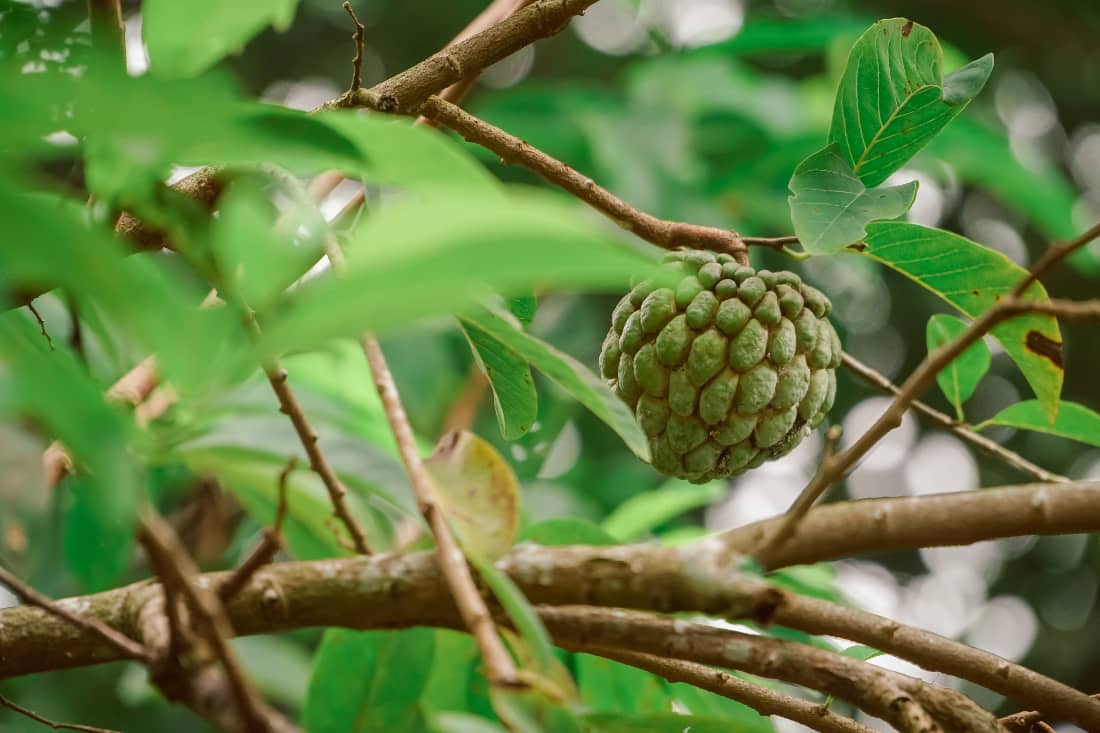
Believed to have originated in the West Indies, the custard apple is a heart/cone-shaped green fruit that has a tough, leathery skin, and a sweet, creamy, and custard-like white flesh on the inside.
Often, the flesh is scooped out and eaten fresh, discarding the seeds inside; the fruit can also be used in custards, milkshakes, and ice creams.
Health fact: Custard apples are known to have the same nutritional value as dairy products, and therefore are a great alternative for the same. Their vitamin C content can help eliminate free radicals that lead to aging and other medical issues.
5. Honeydew Melon
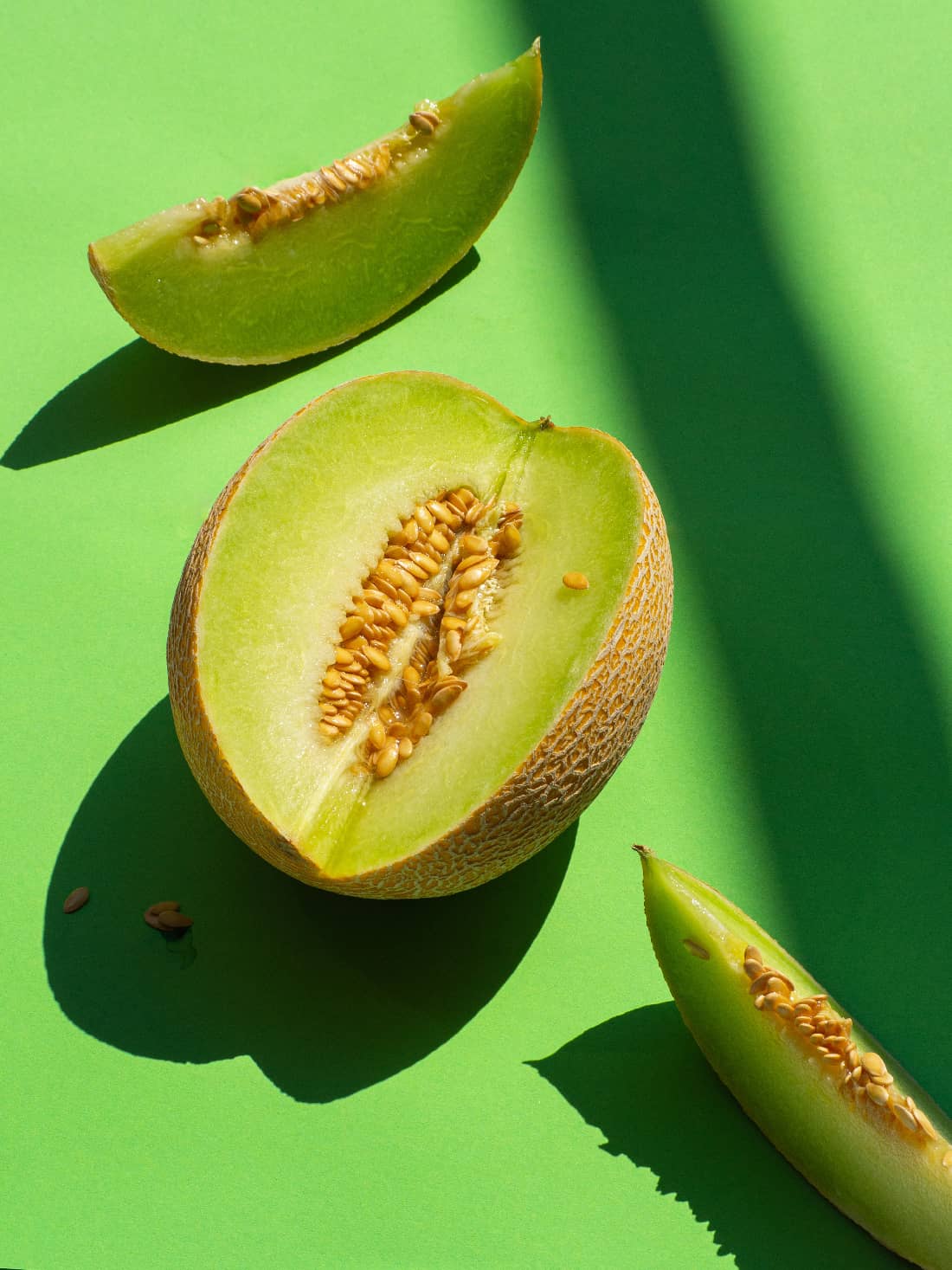
Though their actual origin is unknown, honeydew melons are considered to have come from the Middle East. The sweet and refreshing nature of these melons makes them suitable for fresh consumption, balled and added to fruit salads, or topped fresh over pancakes.
They also make a great ingredient to make chilled soups, sorbet, and jams.
Health fact: The presence of folate and vitamin K in honeydew melon contributes to the strengthening of your bones, thereby preventing certain conditions like osteoporosis.
6. Pears
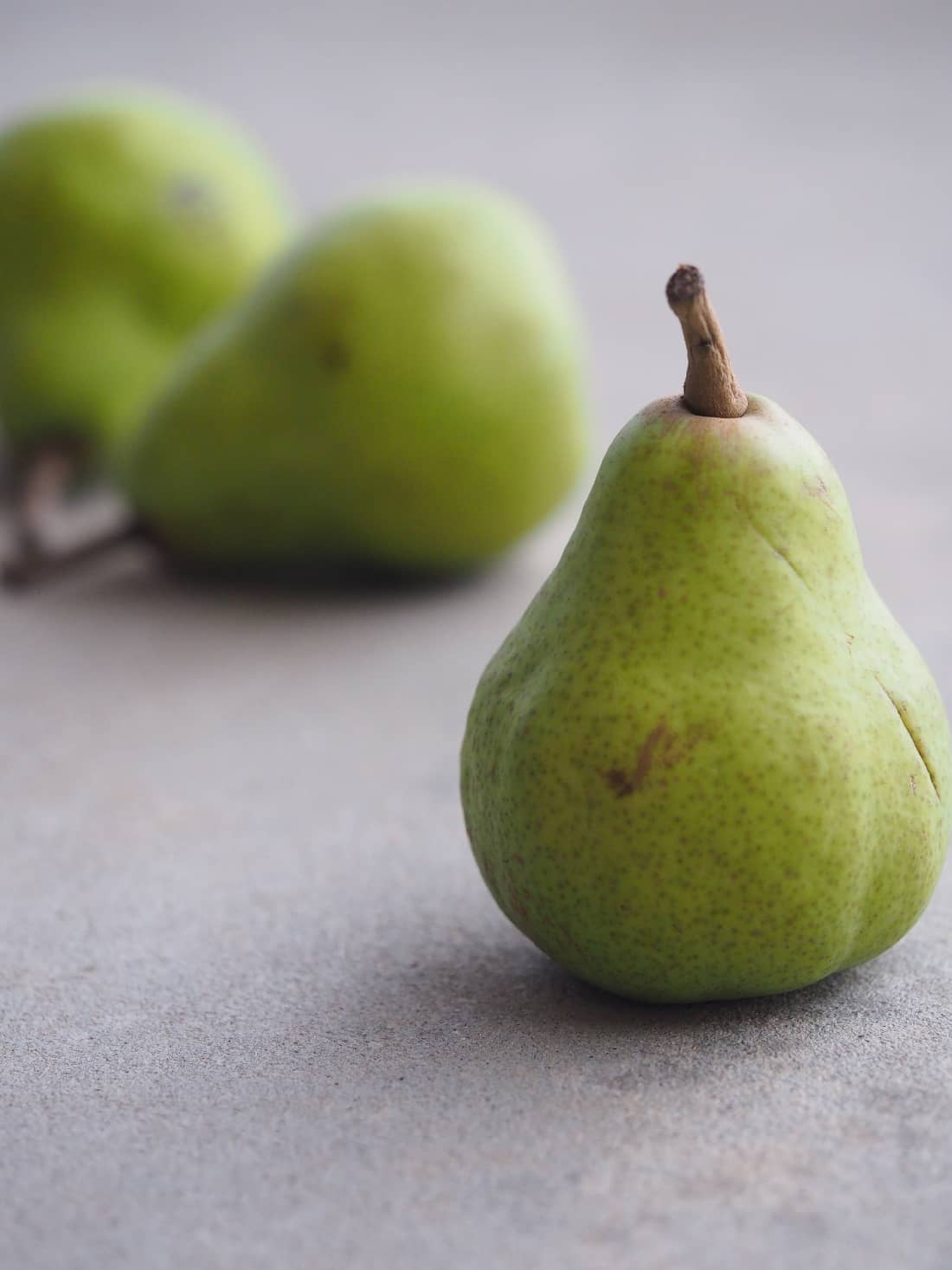
Pears are native to Asia and Europe, and these teardrop-shaped fruits are now cultivated in different shapes, sizes, and colors.
Mainly consumed in their natural form, these green fruits are also included in ice creams, jams, cakes, and pies.
Health fact: Since pears are a good source of fiber, they support gut health, and their high fiber and water content also encourage detoxification.
7. Avocados
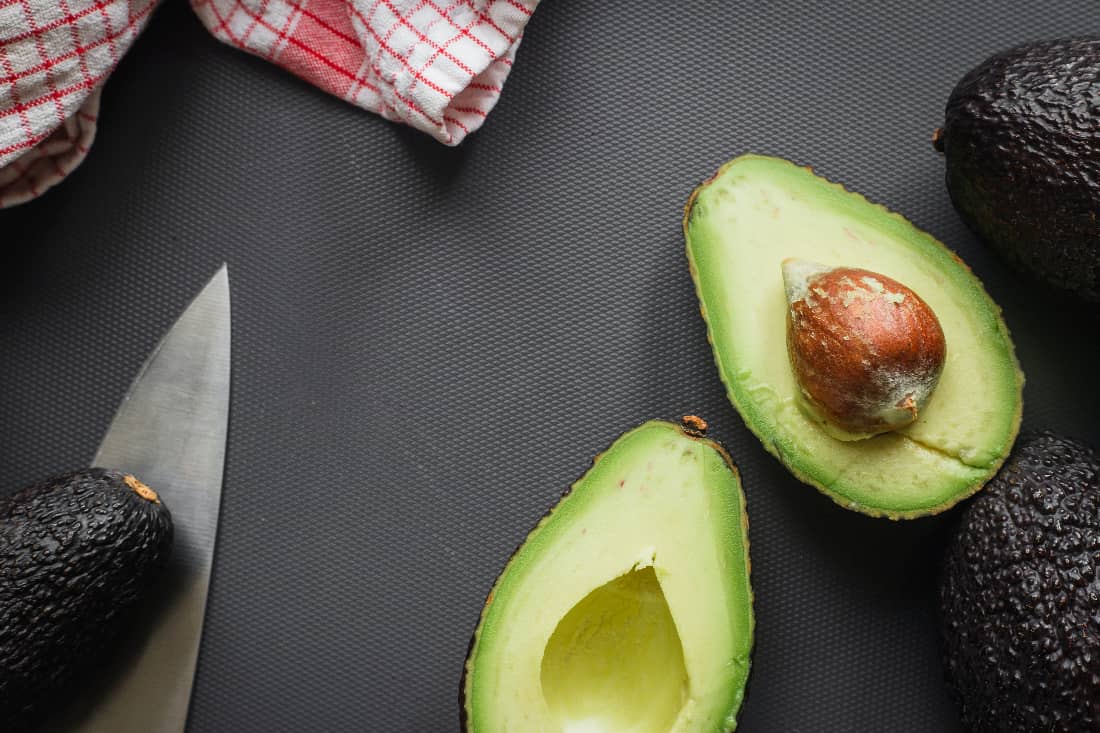
Yes, avocados are a fruit! With Mexico and Central America as their origin, these fruits have become a staple in kitchens everywhere.
The rich and creamy texture of avocados makes them an ideal ingredient for smoothies; furthermore, they are also widely consumed as slices on top of toast.
Health fact: As an excellent source of potassium, avocados help combat high blood pressure and regulate nerve function.
8. Gooseberries

The origin of gooseberries is in Eurasia and North Africa. Apart from the green variety, these fruits also come in red, yellow, and green colors.
Due to their sharp flavor, these fruits were traditionally eaten with oily fish or fat meat, and they can also be made into a jam.
Health fact: Gooseberries come packed with nutrients, and are low in fat and calories. As a result, they aid weight loss and offer protection against type 2 diabetes and heart disease.
9. Lime
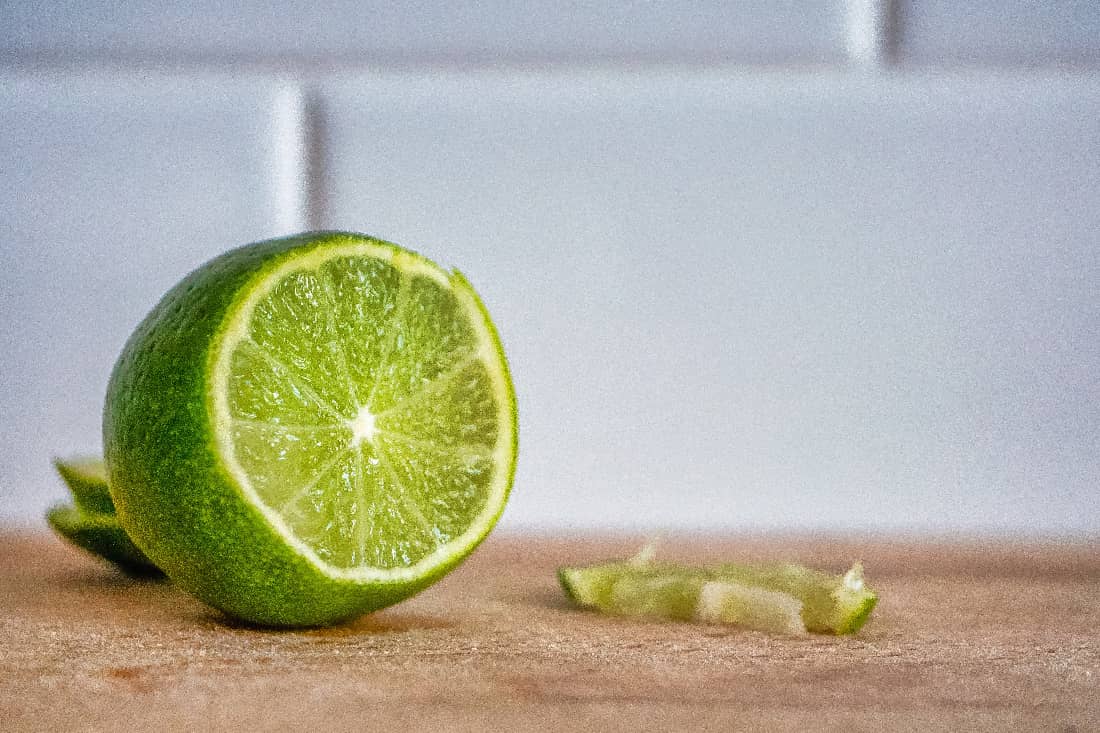
Believed to have originated in India or Malaysia, this green fruit is now cultivated throughout the world, mainly in tropical and warm subtropical regions.
Depending on the variety, lime can be sweet or sour, and the fruit is mainly consumed in liquid form – lime water or lime juice, and included in salad dressings, marinades, teas, etc.
Health fact: The citric acid in limes can lower the chances of kidney stone formation, and their vitamin C content aids the healthy development of bones and teeth.
10. Sweet Lime
The sweet lime is believed to be native to India and came to the United States in 1904. Also known as Mosambi, the hydrating property of this green fruit makes it one of the most recommended fruits for consumption for the sick.
Health fact: High amounts of vitamin C in mosambi makes its juice suitable for curing scurvy – a disease caused due to the lack of vitamin C, leading to weakness, gum disease, anemia, etc.
11. Cucamelon
Also known as Mexican sour cucumber or Mexican sour gherkin, the cucamelon looks like a tiny watermelon but with the flavor of a cucumber.
The entire fruit is edible, along with its semi-hard rind, and can be eaten raw or used in creative ways by adding to salads, cocktails, pickles, and salsas.
Health fact: Cucamelon is considered a superfood as it contains powerful antioxidants, potassium, vitamins C and E, and more.
12. Breadfruit
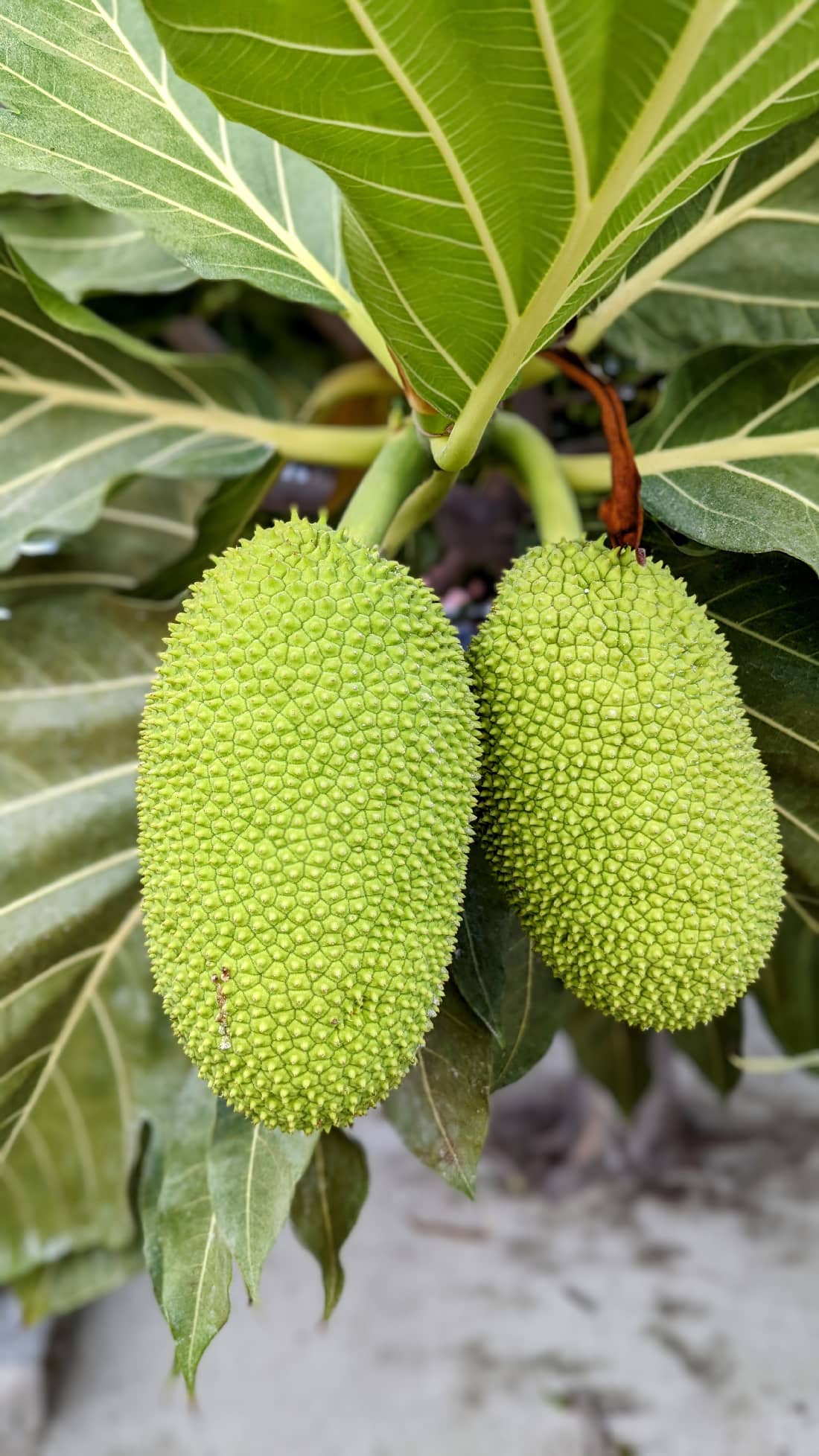
Breadfruit has its origin in New Guinea and the Indo-Malayan region. These are starchy fruits that resemble bread in terms of smell and texture when roasted in a fire, thereby the name “bread” fruit. Breadfruit can be consumed both as a fruit and as a vegetable.
Health fact: Breadfruit is low in cholesterol and fat, and is also gluten-free. They are rich in amino acids, which support the functioning of major bodily systems.
13. Noni
A tropical fruit that has been cultivated for more than 2000 years, noni is mainly known for its natural medicinal qualities. It is mainly consumed in the form of juice, typically made by fermenting the fruit for several weeks.
Health fact: Noni juice is a popular health beverage worldwide. It is known to improve joint health, improve gum health, help maintain normal blood pressure, and offer more amazing health benefits.
14. Sour Green Plums
Native to Western Asia, sour green plums are a common ingredient in Vietnamese, Korean, Chinese, and Japanese cuisines. These fruits are mostly used to make drinks like sour plum soup, pickles, preserves, and sauces.
Health fact: Similar to their red cousins, sour green plums are also rich in vitamin A, which contributes to good eye health. Also, since these fruits are low in fat, they can be a healthy and filling snack for weight watchers.
15. Guava
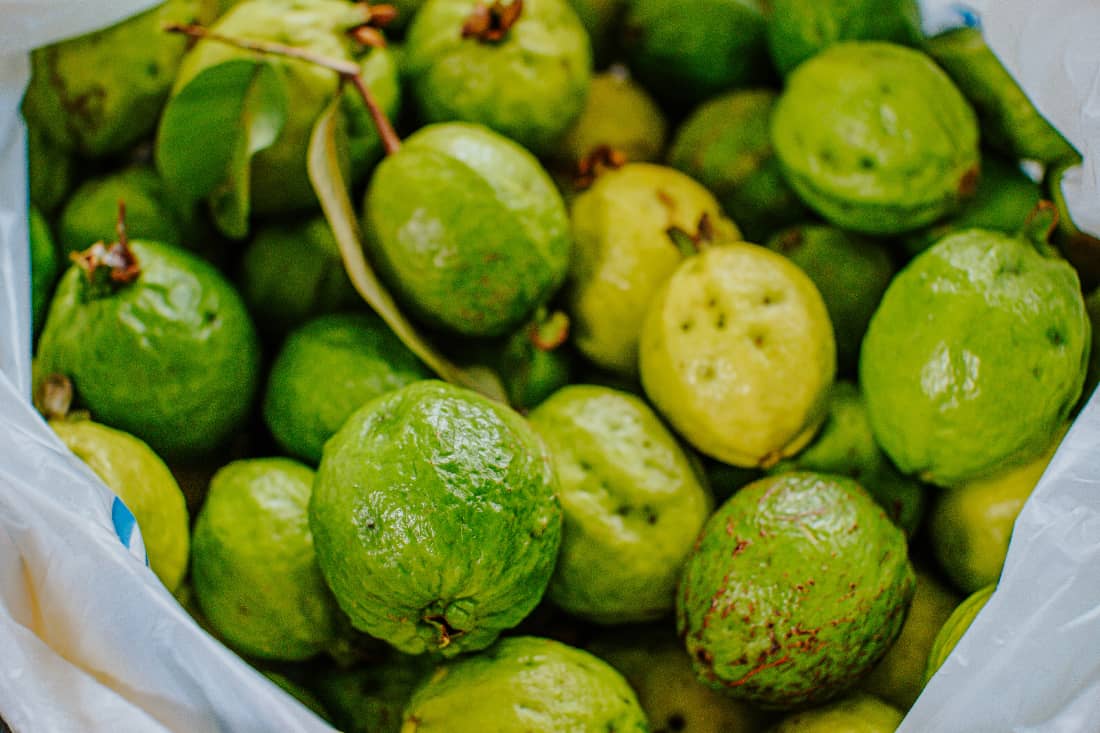
A relatively new superfood, guava is native to tropical America and was introduced to India in the 17th century. These oval-shaped fruits have white or pink flesh with edible seeds; they have a crunchy texture and a sweet flavor.
Health fact: Guava has long been used to treat gut infections and metabolic disorders. The fruit is also known to provide relief from menstrual cramps.
Making your meals vibrant involves including fruits of more than one color, right? Browse through our list of 15 yellow fruits you should be eating for some inspiration.

